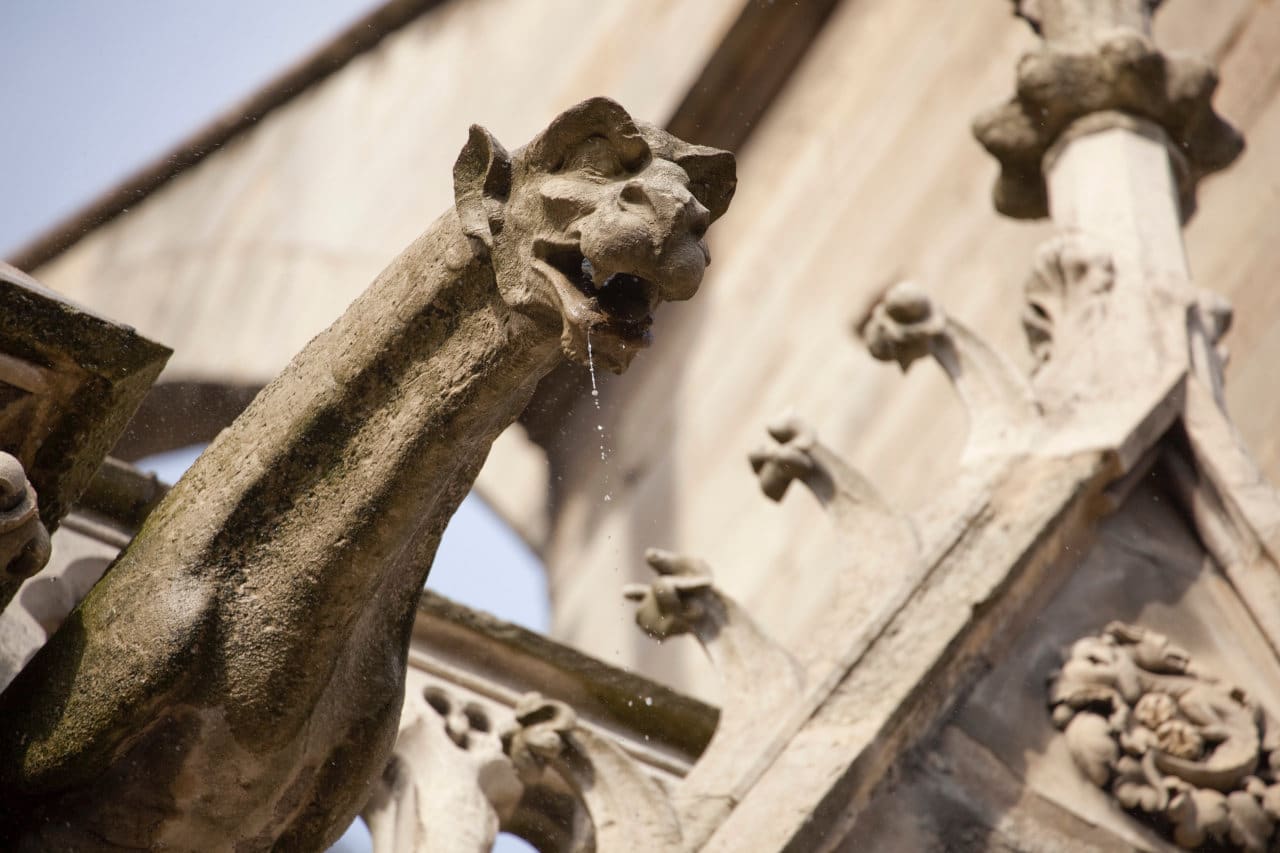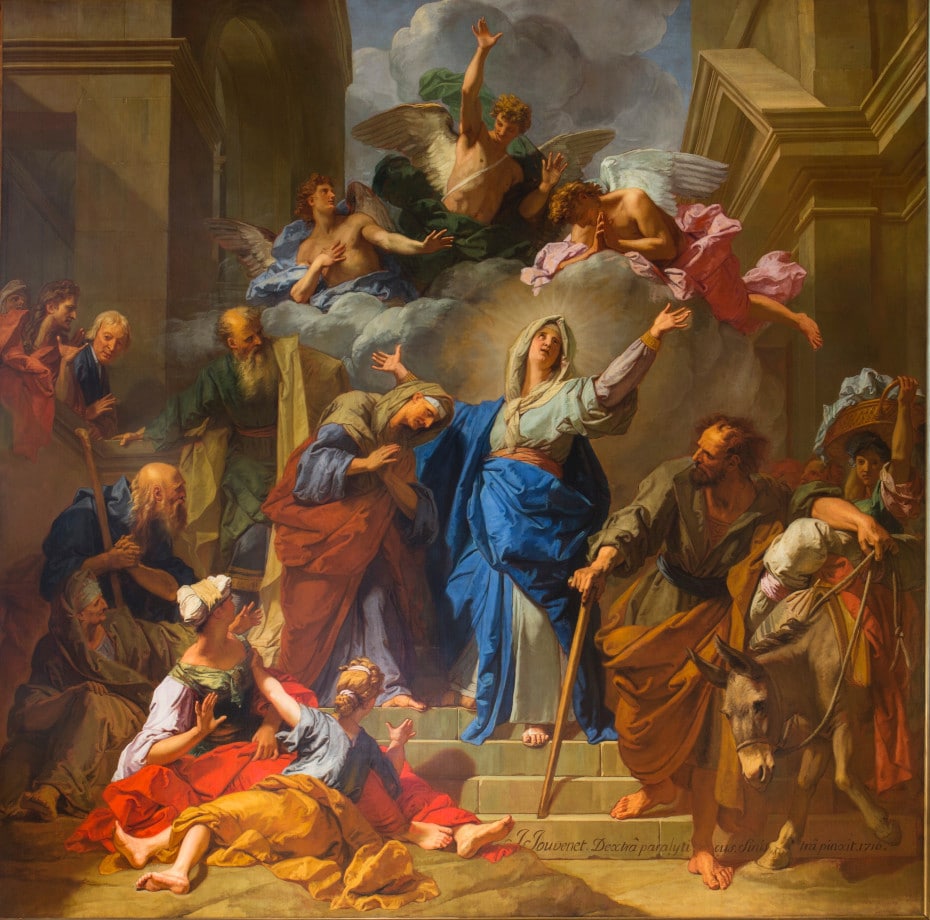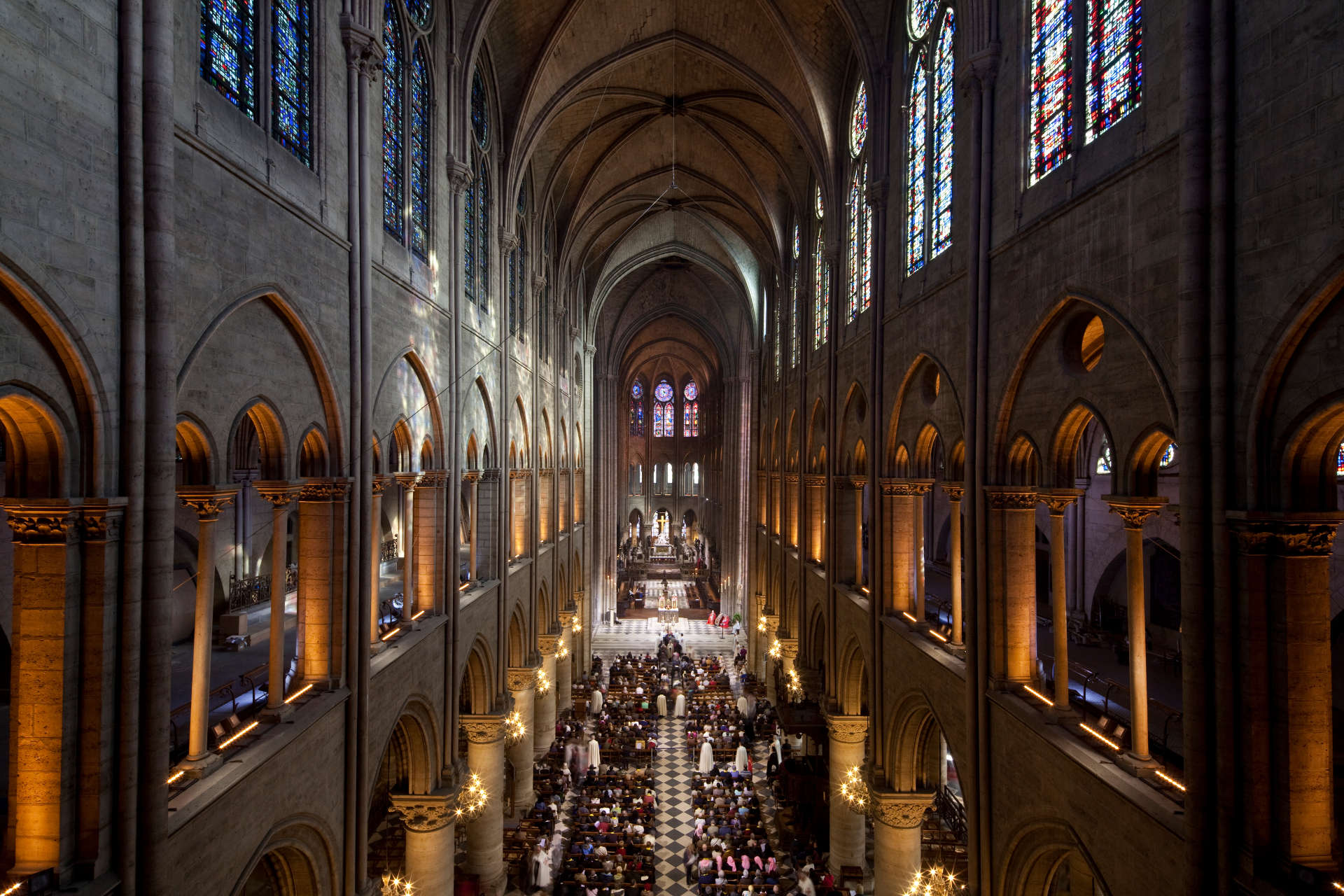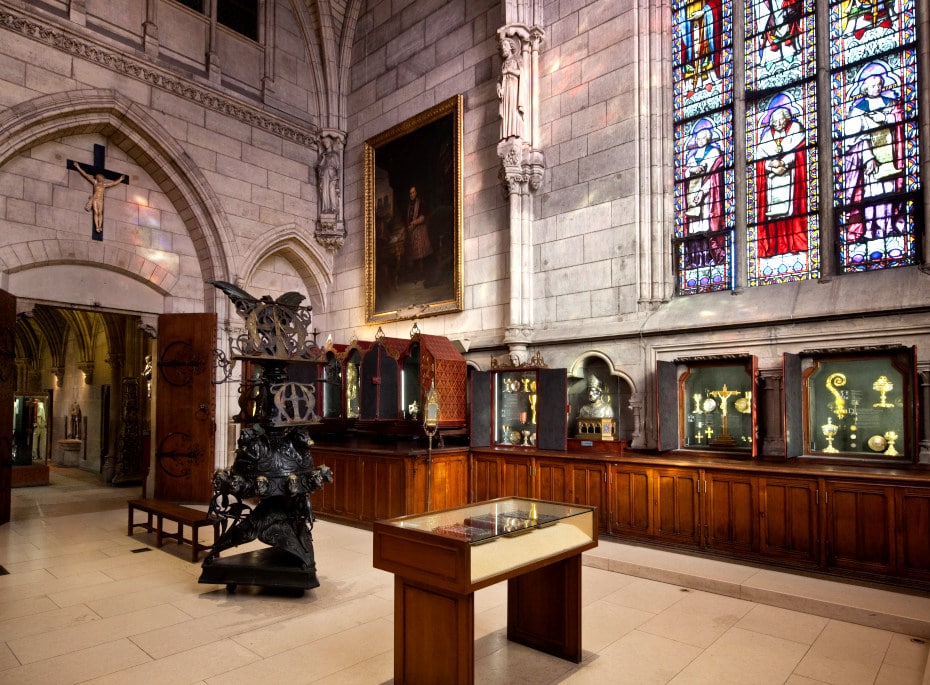Notre Dame Cathedral Gargoyles: Guardians of a Gothic Masterpiece
The gargoyles adorning the Notre-Dame Cathedral in Paris are among its most enchanting and recognizable features. These mysterious creatures, often portrayed as grotesque and fearsome, have captivated the imagination of visitors and locals alike for centuries. We will delve into the history, purpose, and significance of the gargoyles at Notre-Dame Cathedral and share some intriguing fun facts about these fascinating guardians of a Gothic masterpiece.
The gargoyles were designed at the same time as the cathedral’s architecture. The word “gargoyle” comes from the Latin gorge and Old French gueule meaning mouth.
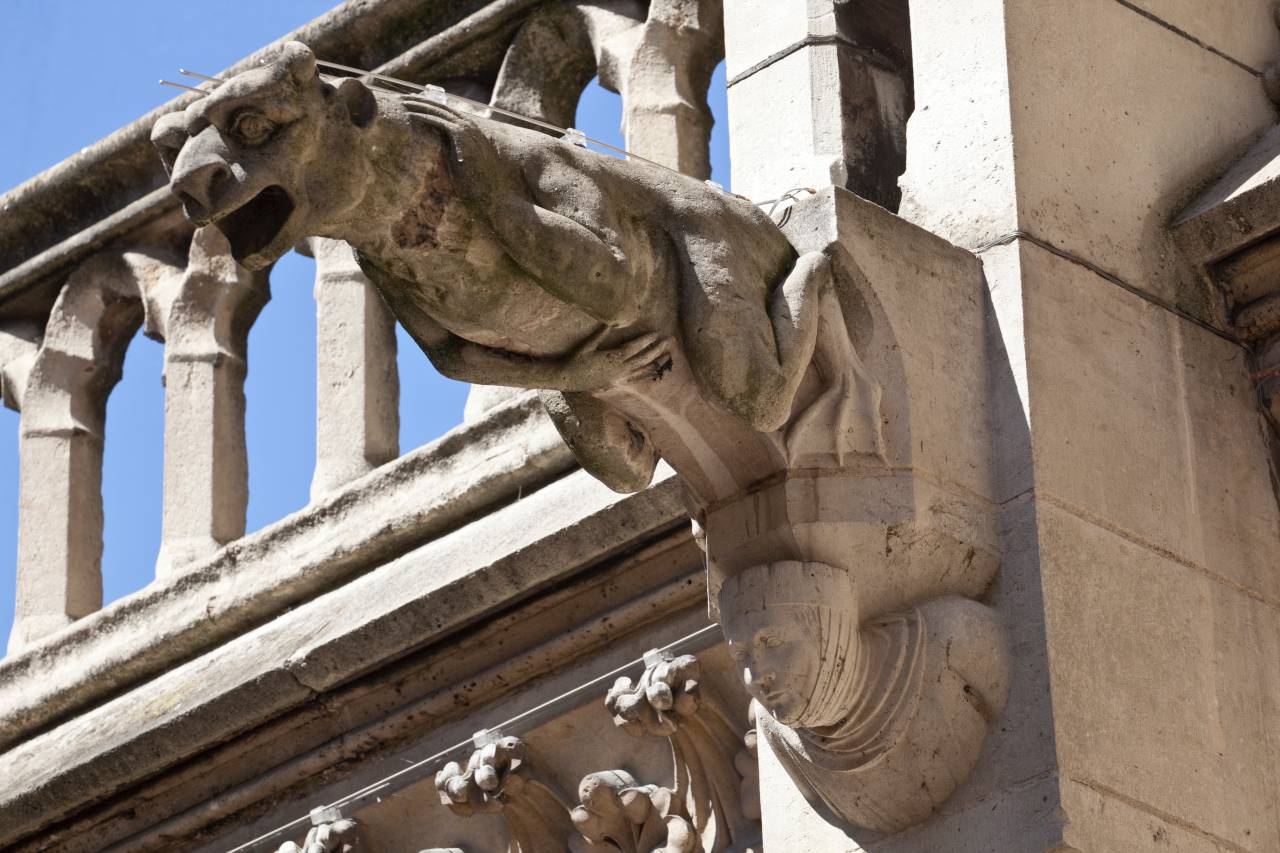
Gargoyles originated in medieval Europe and were incorporated into the design of churches and cathedrals to serve a practical purpose. As rainwater management systems, they were designed to channel water away from the building's walls and foundations, thereby preventing damage caused by erosion and water infiltration.
In addition to their functional role, gargoyles at Notre-Dame Cathedral were also conceived as symbolic and decorative elements. Many of these stone creatures are thought to represent the concept of evil, with their monstrous and fearsome appearance serving to ward off negative forces and remind the faithful of the perils of sin. Their presence on the cathedral's exterior not only enhances its visual appeal but also contributes to the overall Gothic aesthetic, evoking a sense of mystery and otherworldliness. Gargoyles are decorative elements with a practical purpose. Their function is to protect the walls from rainwater runoff which erodes the stone. They designate the end of the gutters to drain away water from the roof. This is why they appear overhanging, leaning into the void, mainly located on the large flying buttresses of the choir.
There are several fun facts and legends surrounding the gargoyles of Notre-Dame Cathedral. An interesting fact is that not all the creatures adorning Notre-Dame's exterior are technically gargoyles. Many of the decorative figures, which do not serve a functional role in water drainage, are called "grotesques" or "chimeras." These statues, often featuring mythical creatures or human-animal hybrids, are primarily intended for ornamental purposes and contribute to the overall atmosphere of the cathedral.
The gargoyles at Notre-Dame Cathedral have undergone several phases of restoration and conservation throughout their history. The cathedral's original gargoyles, dating back to the 12th and 13th centuries, suffered significant damage due to exposure to the elements and the passage of time. During the 19th-century restoration led by Viollet-le-Duc, many of the original gargoyles were replaced with new sculptures, carefully crafted to reflect the original designs and maintain the cathedral's historical integrity.
In the aftermath of the tragic fire that ravaged Notre-Dame Cathedral in April 2019, the gargoyles and grotesques have come to symbolize the resilience of this iconic landmark. Although some of the sculptures were damaged or destroyed in the blaze, many remained intact and continue to watch over the cathedral as restoration efforts progress. Their enduring presence serves as a testament to the skill and artistry of the craftsmen who created them and as a source of inspiration for those committed to preserving and restoring Notre-Dame Cathedral for future generations.
In conclusion, the gargoyles of Notre-Dame Cathedral are fascinating architectural features that serve both functional and symbolic purposes. Their elaborate designs and menacing appearance not only contribute to the captivating Gothic aesthetic of the cathedral but also serve to remind us of the power of human imagination and creativity. As we continue to appreciate and protect Notre-Dame Cathedral, the gargoyles will remain an enduring symbol of the ingenuity and artistry that has allowed this magnificent structure to stand the test of time. As guardians of this iconic masterpiece, the gargoyles silently watch over the city of Paris, evoking a sense of wonder and awe in those who admire their intricate craftsmanship. Their presence on the cathedral's façade is a testament to the talent of the artisans who brought them to life, and a reminder of the rich history and cultural legacy embodied by Notre-Dame Cathedral. As efforts to preserve and restore this architectural gem continue, the gargoyles will remain steadfast symbols of both the cathedral's resilience and the enduring human spirit that has shaped its remarkable story throughout the centuries.
